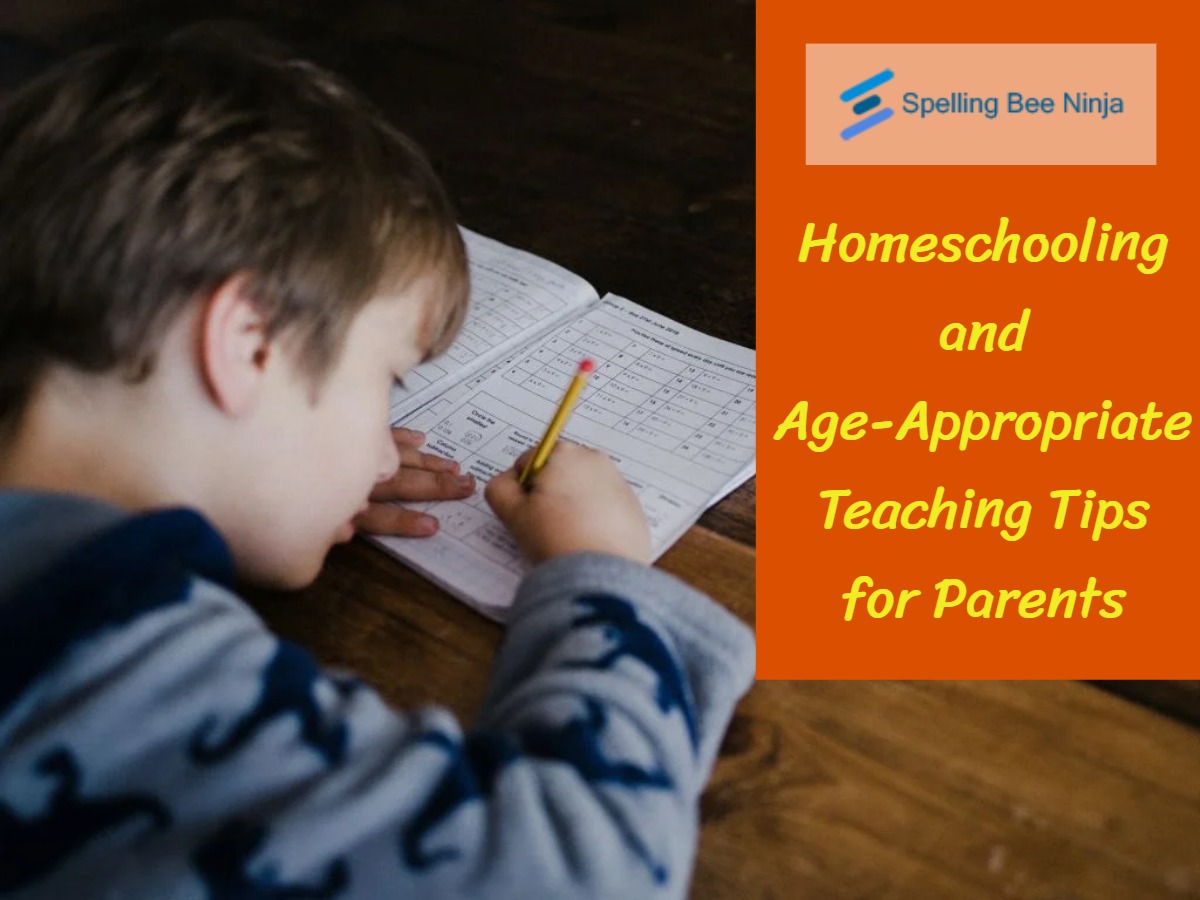Homeschooling has grown rapidly in recent years, especially as families seek more flexible, personalized ways to educate their children. According to the National Home Education Research Institute, there were around 3.1 million homeschool students in America. Interestingly, homeschooled kids tend to score up to 25 percentile points higher than public school students in standardized academic achievement tests.
That said, while homeschooling offers incredible freedom and advantages, it also comes with the responsibility of ensuring your child’s education aligns with their developmental stage. In this article, we’ll break down age-specific teaching tips and offer practical guidance for multi-age households. We’ll also explore how learning opportunities exist everywhere to be taken advantage of. Let’s dive in.
The Basics of Age-Appropriate Learning
The phrase “age-appropriate” might sound clinical, but it’s really just about understanding what your child is mentally and emotionally ready to absorb. Children grow in predictable patterns, though each individual child may progress faster or slower in certain areas.
This fact is why many parents choose to homeschool their kids in the first place. Pew Research notes that about 72% of parents list dissatisfaction with academic instruction as a reason for homeschooling. Other factors include moral instruction and prioritization of family life. That said, once you make the move to homeschool, age-appropriate teaching falls to you.
So, early learners tend to thrive on hands-on activities and repetition, while elementary-age kids start to understand abstract concepts but still need structure. Preteens begin questioning things more deeply, while teenagers seek autonomy and real-world relevance, etc.
Keeping this developmental context in mind helps you avoid frustration for both you and your child. In other words, trying to teach long division to a kindergartner or expecting a high schooler to stay engaged with flashcards designed for first graders won’t work well.
Equally important is knowing how long your child can focus, how they respond to different types of stimuli, and how they handle frustration. These things shift with age and experience.
The Goal of Finding Learning Opportunities from Everyday Moments
Homeschooling isn’t limited to textbooks and structured lessons because it’s also a mindset. One of the most powerful aspects of homeschooling your child is the ability to turn everyday moments into teachable experiences.
A grocery store trip can be a math lesson. A rainy day can inspire a science discussion. And a current news story, even one that’s tricky to explain, can become a lesson in critical thinking or ethics.
Say you’re watching TV at home and you see one of those AFFF lawsuit update stories by a law firm. There are several opportunities for learning depending on the age of your child. If they’re quite young, you can explain what an acronym is. If they’re slightly older, you could teach them about lawsuits.
Meanwhile, adolescent and older teens can explore aspects like the chemicals involved in AFFF, such as formaldehyde, or the ethical arguments around the lawsuit. When you weave learning into the fabric of daily life, you help your child see that education isn’t something that only happens during “school hours.”
This is one of the ultimate pros of homeschooling. There’s a lack of rigidity that a kid can enjoy. Connie, a homeschooling mom from Hong Kong, explains that with traditional schooling, the focus is mainly on rote learning, which leaves little room for creativity. She also points out that this ends up limiting kids in terms of having their own ideas and preferences.
How to Approach Learning While Homeschooling for Different Age Groups?
Homeschooling offers a flexible and personalized approach to learning, but tailoring it to different age groups is key to success. For young children (ages 4–7), focus on play-based learning and hands-on activities. Use games, storytelling, and nature walks to keep them engaged and curious. Keep lessons short and fun, allowing plenty of time for movement.
In the middle years (ages 8–12), children benefit from structure and independence. Try to incorporate more academic content with clear goals, but allow choices to build ownership. You can also use unit studies or project-based learning to connect different subjects in meaningful ways.
According to Parents.com, it’s also a good idea to ensure kids under ten have learned certain life skills. These include skills that kids may not always be taught at school, like using the internet wisely, managing money, and wrapping gifts.
Teens (ages 13–18) should have increasing control over their learning. Focus on critical thinking, research, and real-world application. Let them explore subjects that align with their interests while ensuring core academics are covered. This is when online courses, internships, and community involvement can enrich their experience.
Throughout all stages, adaptability is essential. Observe how your child learns best. Some may thrive with visuals, others with discussion or writing. The beauty of homeschooling lies in its ability to evolve.
Frequently Asked Questions
1. Is homeschooling better than school?
It depends on the kid and the situation. Homeschooling gives more flexibility and personalized learning, but traditional school offers structure and social interaction. Some kids thrive in one more than the other—it’s all about fit, not a one-size-fits-all answer.
2. What are age-appropriate learning experiences?
They’re lessons or activities that match a child’s developmental stage. Little kids need play and repetition, older kids can handle more abstract thinking, and teens want real-world relevance. It’s basically meeting kids where they’re at, mentally and emotionally.
3. What is the most successful homeschool method?
There’s no one “best” way, but many families love eclectic homeschooling, which is a mix of methods like Montessori, unschooling, and traditional curricula. It’s flexible and lets you adjust to what works best for your child instead of sticking to one rigid approach.
At the end of the day, homeschooling isn’t about doing everything perfectly. Your main focus is about staying in tune with your child and being willing to adjust as you go. Some days will go smoothly, while others might feel like a mess, and that’s okay.
Just remember, the freedom to shape your child’s learning journey is a gift and not a burden. Trust yourself, trust your child, and don’t be afraid to experiment until you find a rhythm that works for both of you.


